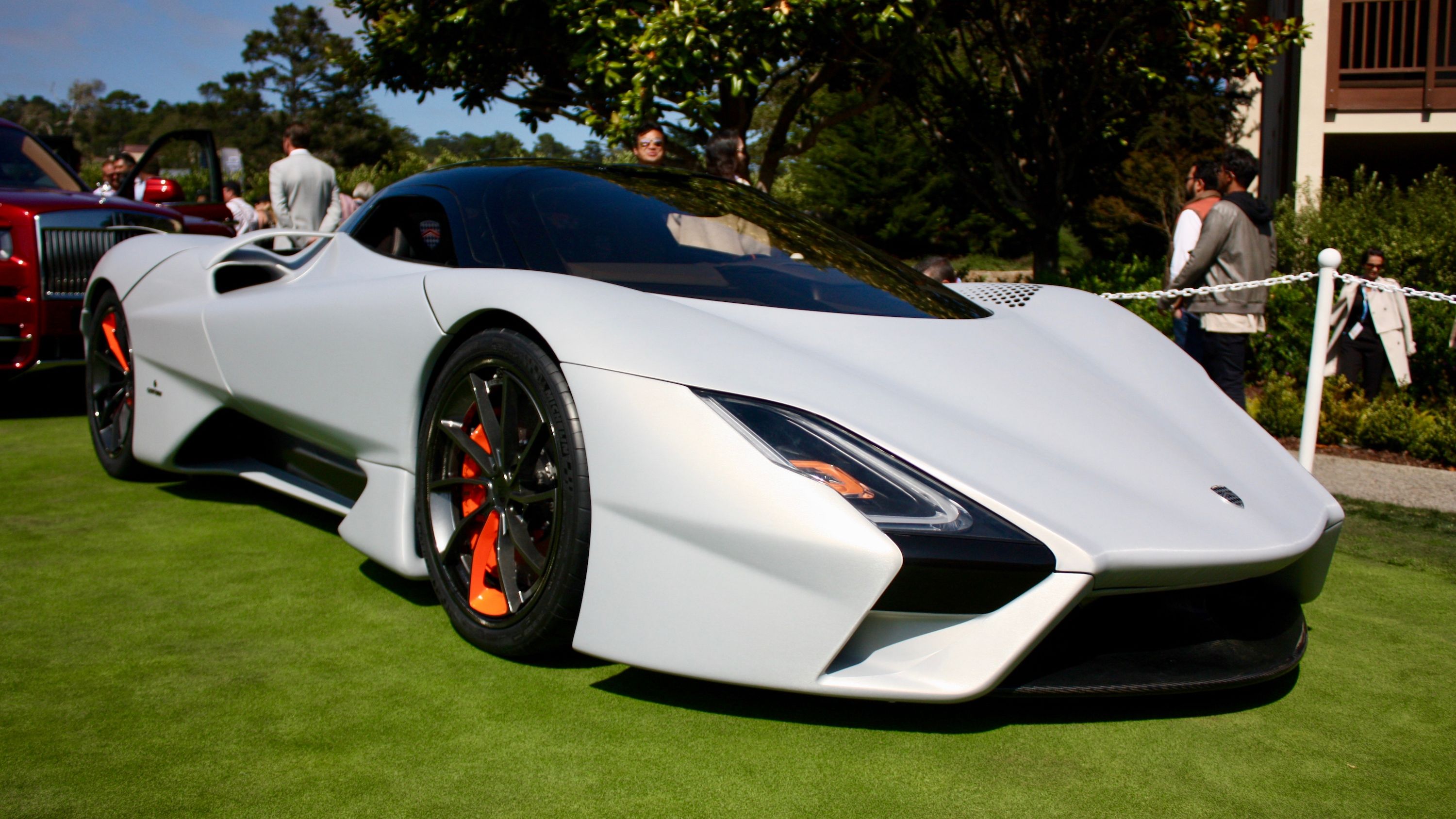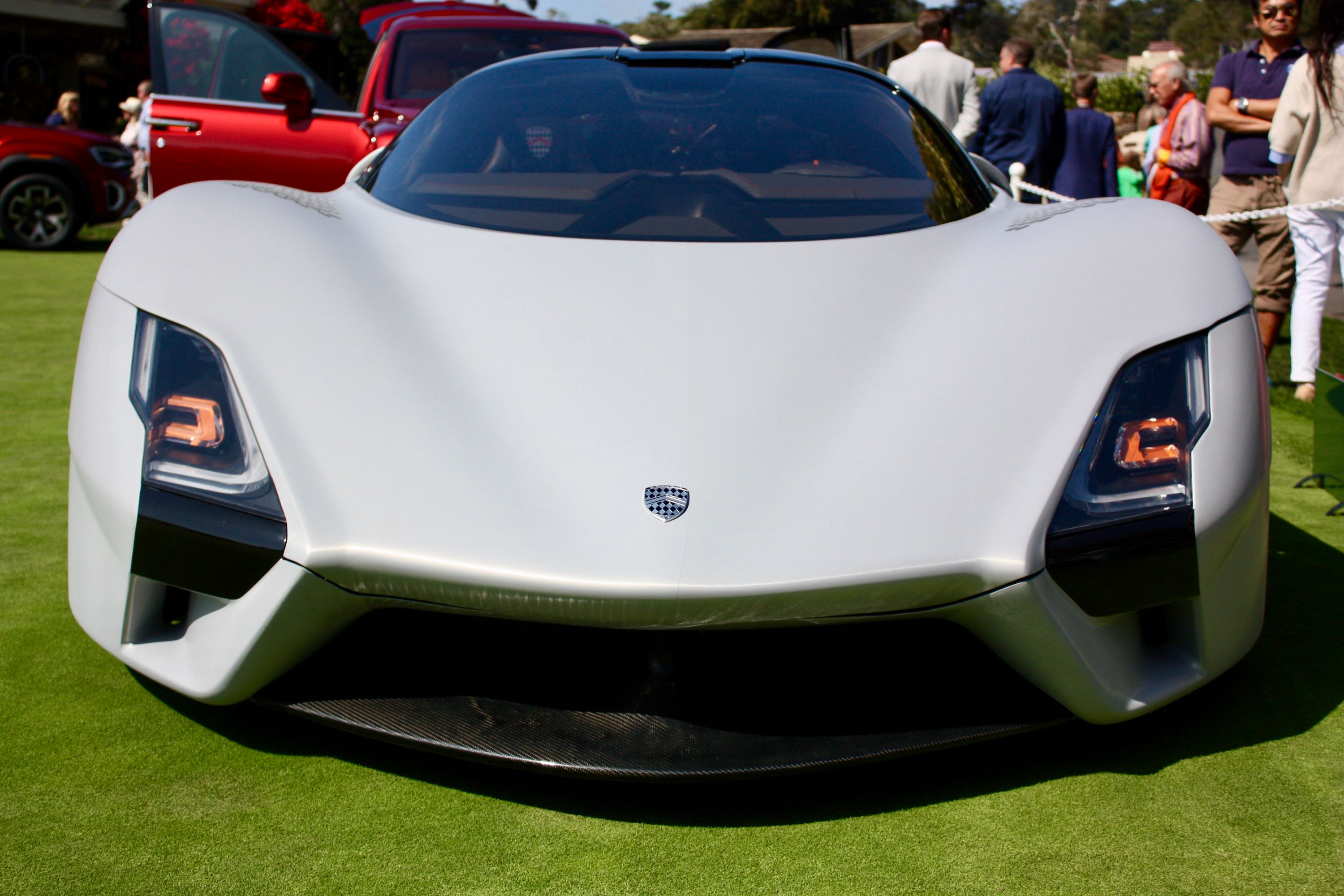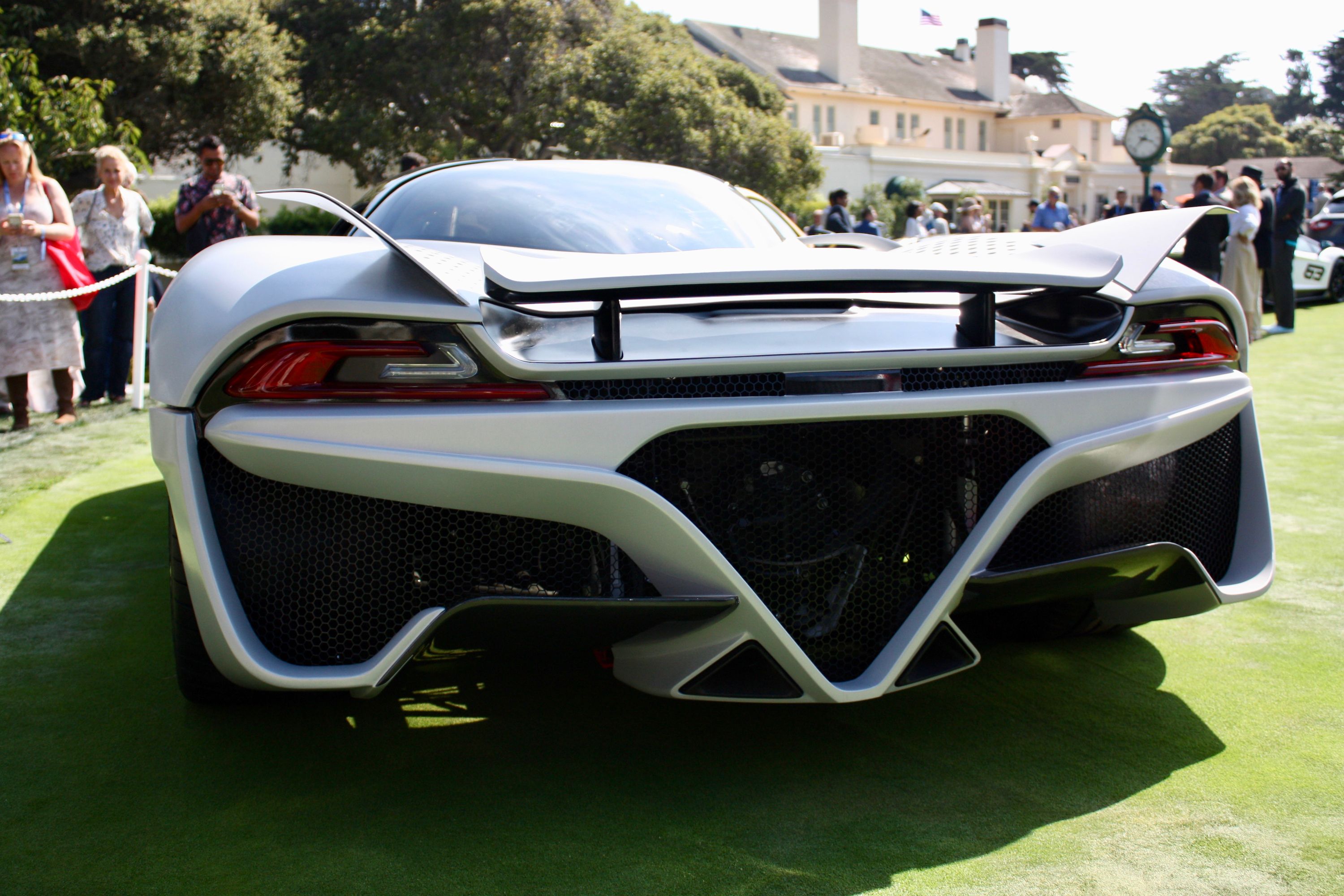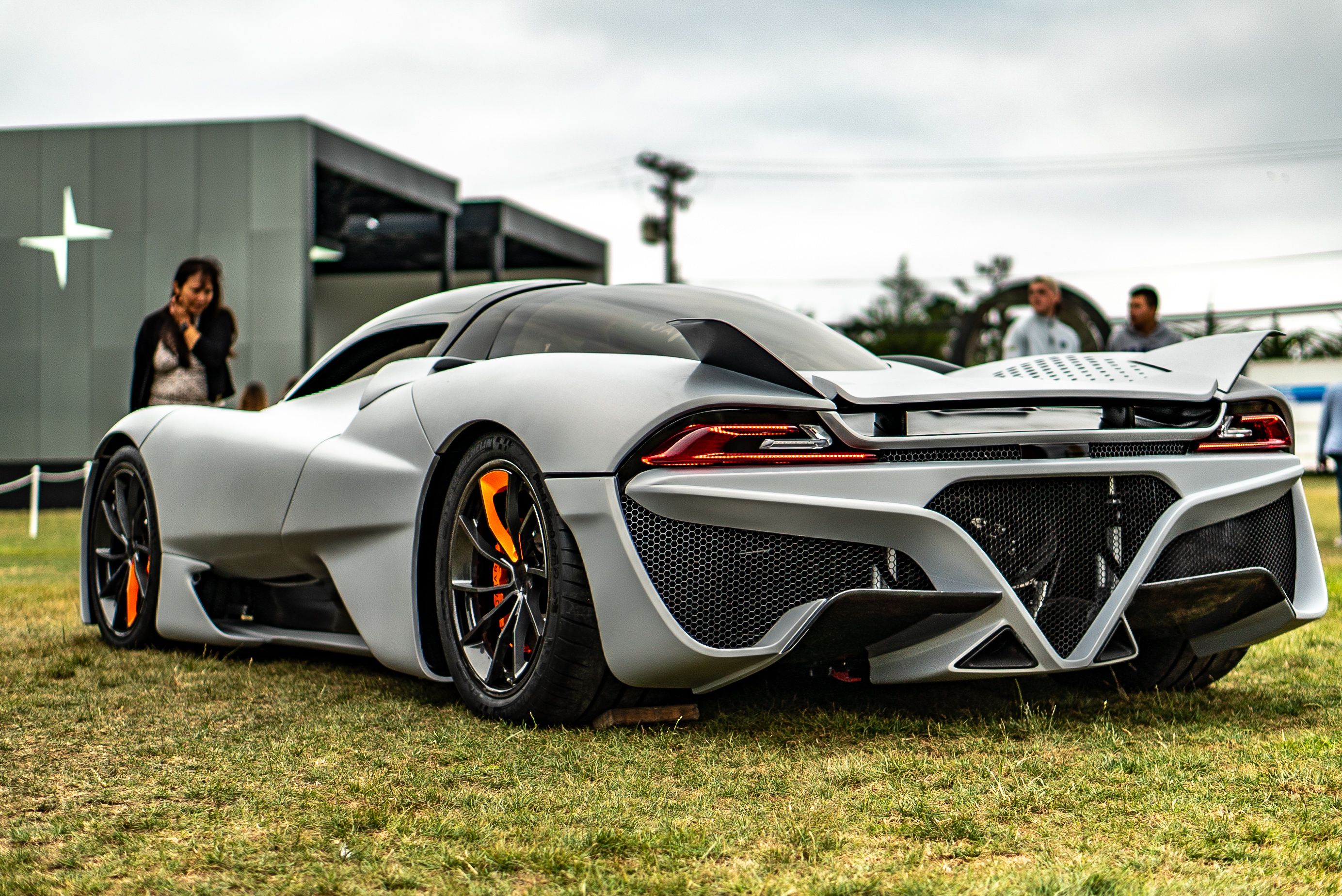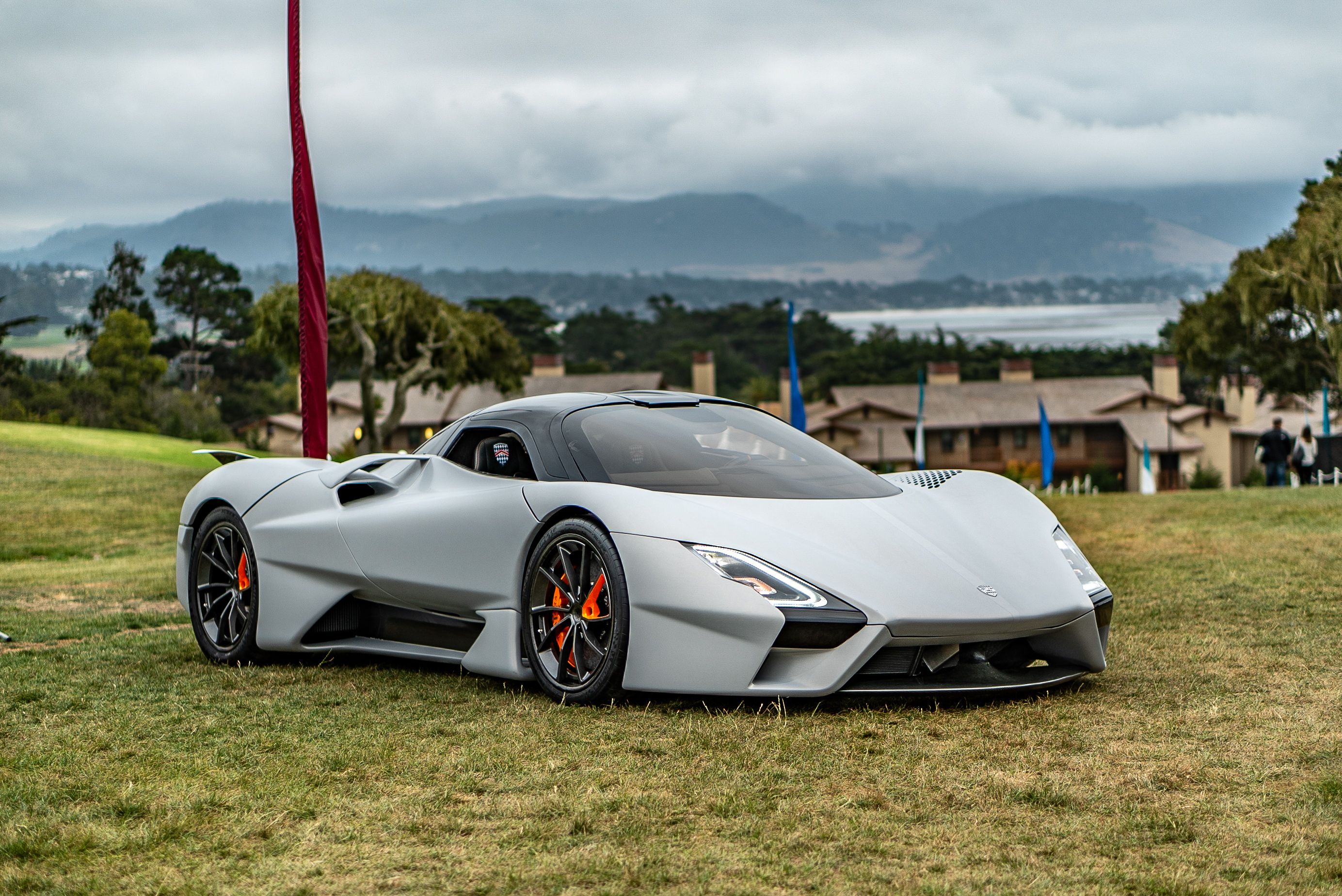Between 2006 and 2013, SSC North America (formerly known as Shelby SuperCars) held the title of fastest production car in the world thanks to its 256-mph Ultimate Aero rear-/mid-engine coupe. SSC was eventually dethroned by the Bugatti Veyron Super Sport, but now, the U.S.-based boutique automaker is stepping back in the ring with the Tuatara. The question is - does it have what it takes to best the current crop of outrageous top speed-makers?
Continue reading for the full story.
The Full Story
Named after a species of reptile that’s endemic to New Zealand, the Tuatara is an absolute monster. Offered in two specs, the fastest of which produces 1,750 horsepower and guzzles E85, it’s the kind of machine made for one thing, and one thing only - speed.
That’s the latest from our friends over at Top Gear, who spoke with SSC North America CEO Jerod Shelby about his company’s outrageous new hypercar.
“We wanted the engineering to exceed anything we had done before and what our competitors are doing,” Shelby told Top Gear. “But the overarching goal was 300 mph.”
The current top speed record for production cars belongs to the Swedes, courtesy of Koenigsegg and the Agera RS, which went an incredible 278 mph last November in a daring set of runs on closed public roads in Nevada.
What’s more, SSC will need to best the current crop of up-and-coming top-speed-oriented hypercars, including the Venom F5 from Hennessey Performance. While the F5 has yet to strut its stuff in any meaningful high-speed manner, it definitely has the specs to put up a fight, with roughly 1,600 horsepower and 1,300 pound-feet of torque churned out by a twin-turbo 7.4-liter V-8. Like SSC, Hennessey has stated that a crack at the 300-mph mark is the goal.
However, Shelby doesn’t seem worried. “The knowledge I have of our competitors, I feel that we’re the only ones that really have a legitimate shot because of the drag numbers and the horsepower that we’re producing,” he told Top Gear.
The engine in play here was created specifically for the Tuatara, and comes courtesy of Tom Nelson, a well-established builder and fabricator based out of California who specializes in four-digit racing applications. The powerplant originally started life as a flat-plane-crank V-8, but was then bored to 6.9 liters and boosted by two turbos, with dual injectors per cylinder feeding the go juice. Red line is set at 8,800 rpm.
“It sounds amazing,” Shelby tells Top Gear. “It’s a very versatile powerline, very short stroke.”
Power is sent to the wheels by way of a “computerized” seven-speed manual gearbox, while a hydraulic suspension setup from Penske keeps it on the road. Under the skin is a fully bespoke monocoque chassis.
But what about the body itself? Well, for the aero part of the equation, the Tuatara uses active wings that add the extra stick when needed, but in its full slippery configuration, the car manages a drag coefficient of 0.279, according to the recent report from Top Gear.
“It’s not just about the shape itself, it’s about getting air in and out of the car efficiently,” Shelby told Top Gear.
Beyond the crazy competition in the segment these days, SSC will also need to find the right spot to max the Tuatara and reclaim the current record. Translation - it might be some time before the company can put together everything needed for a run at the record. And that means there’s plenty of time for Top Gear automaker to spoil the party.
Consider the clock to be ticking.
Top Gear0}
Top Gear
Top Gear
Top Gear

